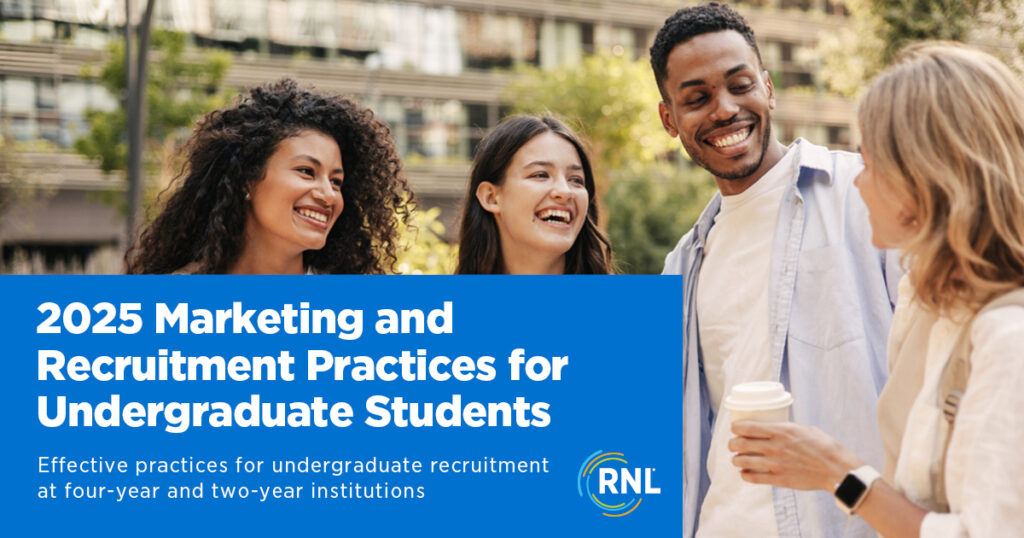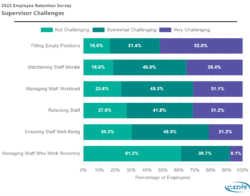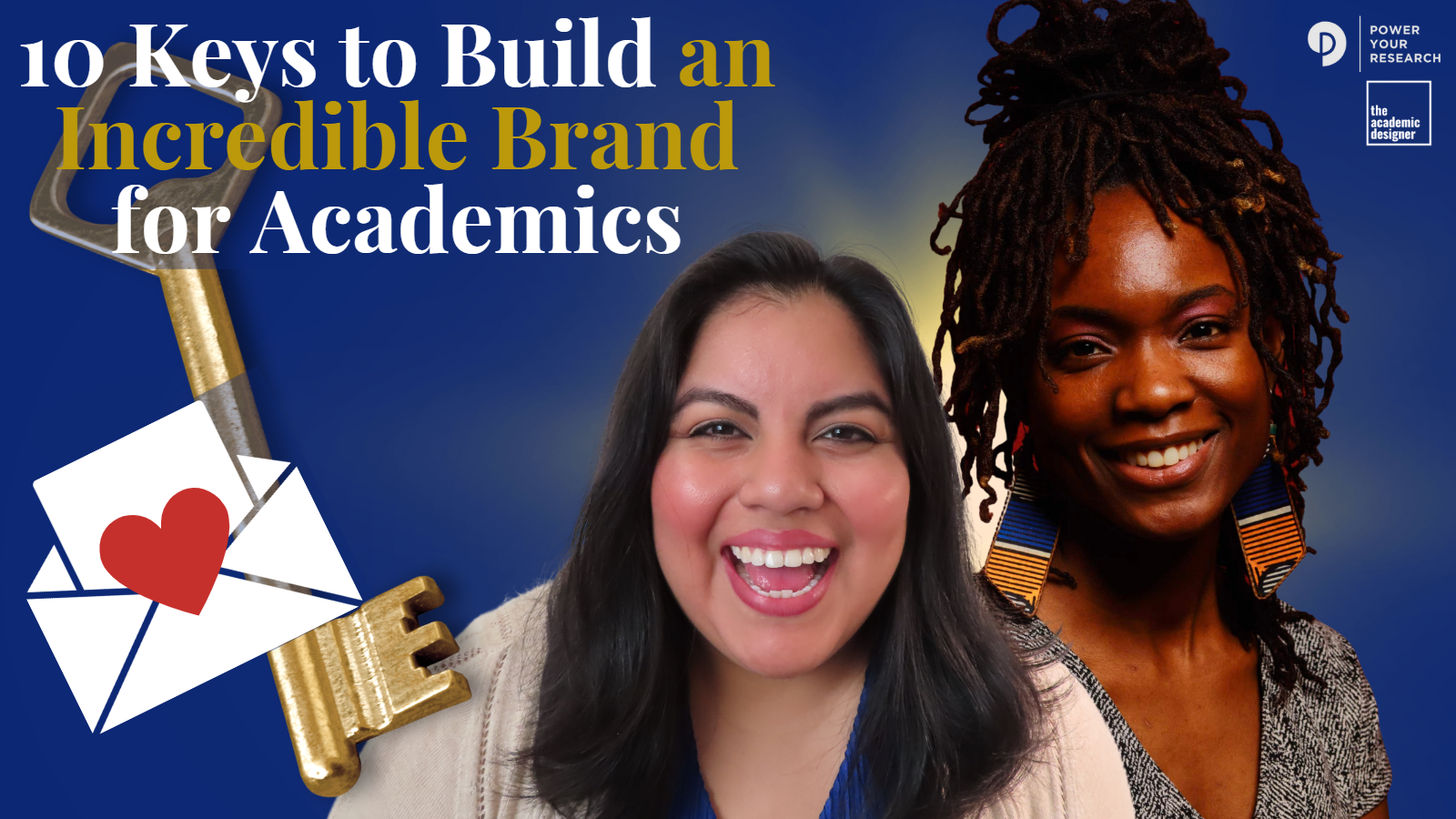Key points:
Consider the work of a personal trainer. They can explain and model a workout perfectly, but if the athlete isn’t the one doing the lifting, their muscles won’t grow. The same is true for student learning. If students only copy notes or nod along, their cognitive muscles won’t develop. Cognitive lift is the mental work students do to understand, apply, and explain academic content. It’s not about giving students harder problems or letting them struggle alone. It’s about creating space for them to reason and stretch their thinking.
Research consistently shows that students learn more when they are actively engaged with the material, rather than passively observe. Learners often forget what they’ve “learned” if they only hear an explanation. That’s why great tutors don’t just explain material clearly–they get students to explain it clearly.
Tutoring, with its small group format, is the ideal space to encourage students’ cognitive lift. While direct instruction and clear explanations are essential at the right times in the learning process, tutorials offer a powerful opportunity for students to engage deeply and productively practice with support.
The unique power of tutorials
Small-group tutorials create conditions that are harder to foster in a full classroom. Having just a few students, tutors can track individual student thinking and adjust support quickly. Students gain more chances to voice reasoning, test ideas, and build confidence. Tutorials rely on strong relationships, and when students trust their tutor, they’re more willing to take risks, share half-formed thoughts, and learn from mistakes.
It’s easier to build space for every student to participate and shine in a tutorial than in a full class. Tutors can pivot when they notice students aren’t actively thinking. They may notice they’re overexplaining and can step back, shifting the cognitive responsibility back to the students. This environment gives each learner the opportunity to thrive through cognitive lift.
What does cognitive lift look like?
What does cognitive lift look like in practice? Picture two tutorials where students solve equations like they did in class. In the first, the tutor explains every step, pausing only to ask quick calculations like, “What’s 5 + 3?” The student might answer correctly, but solving isolated computations doesn’t mean they’re engaged with solving the equation.
Now imagine a second tutorial. The tutor begins with, “Based on what you saw in class, where could we start?” The student tries a strategy, gets stuck, and the tutor follows up: “Why didn’t that work? What else could you try?” The student explains their reasoning, reflects on mistakes, and revises. Here, they do the mental heavy lifting–reaching a solution and building confidence in their ability to reason through challenges.
The difference is the heart of cognitive lift. When tutors focus on students applying knowledge and explaining thinking, they foster longer-term learning.
Small shifts, big impact
Building cognitive lift doesn’t require a complete overhaul. It comes from small shifts tutors can make in every session. The most powerful is moving from explaining to asking. Instead of “Let me show you,” tutors can try “How might we approach this?” or “What do you notice?” Tutoring using questions over explanations causes students to do more work and learn more.
Scaffolds–temporary supports that help students access new learning–can support student thinking without taking over. Sentence stems and visuals guide thinking while keeping responsibility with the student. Simple moves like pausing for several seconds after questions (which tutors can count in their heads) and letting students discuss with a partner also create space for reasoning.
This can feel uncomfortable for tutors–resisting the urge to “rescue ” students too quickly can be emotionally challenging. But allowing students to wrestle with ideas while still feeling supported is where great learning happens and is the essence of cognitive lift.
The goal of tutoring
Tutors aren’t there to make learning easy–they’re there to create opportunities for students to think and build confidence in facing new challenges. Just like a personal trainer doesn’t lift the weights, tutors shouldn’t do the mental work for students. As athletes progress, they add weight and complete harder workouts. Their muscles strengthen as their trainer encourages them to persist through the effort. In the same way, as the academic work becomes more complex, students strengthen their abilities by wrestling with the challenge while tutors coach, encourage, and cheer.
Success in a tutorial isn’t measured by quick answers, but by the thinking students practice. Cognitive lift builds independence, deepens understanding, and boosts persistence. It’s also a skill tutors develop, and with the right structures, even novices can foster it. Imagine tutorials where every learner has space to reason, take risks, and grow. When we let students do the thinking, we not only strengthen their skills, we show them we believe in their potential.










